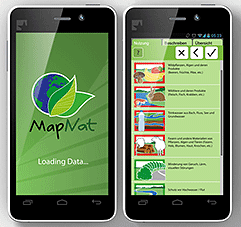A new special issue "Earth Observation for Ecosystems Monitoring in Space and Time: A Special Issue in Remote Sensing" published in the open access journal Remote Sensing provides a collection of important researchers in the field, as well as the most challenging aspects of the application of remote sensing to study ecosystems.
The special issue represents a stimulating discussion concerning innovative techniques/approaches that are based on remote sensing data, which are used for the study of ecosystems at different spatial and temporal scales. Research scientists and other subject matter experts submitted innovative and challenging papers that showed advances in several topics:
-
estimating the spatial distribution of plant species richness by Light Detection and Ranging (LiDAR) and hyperspectral data,
-
assessing habitat quality of forest corridor based on NDVI,
-
applying remote sensing to study (marine) coral ecosystems,
-
identifying ecosystem functional types,
-
distinguishing between different forest trunk size classes from remote sensing,
-
detecting changes in forest patterns,
-
applying light use efficiency models to estimate vegetation productivity,
-
classifying grassland successional stages by airborne hyperspectral images
-
proposing monitoring programs of grasslands based on multi-temporal optical and radar satellite images,
-
estimating the potential of remote sensing to capture field-based plants phenology.
Original Source:
Rocchini, D. (2015). Earth observation for ecosystems monitoring in space and time: a special issue in Remote Sensing. Remote Sensing, 7: 8102-8106. [IF: 2.623] [DOI | PDF]
The full collection of papers can be found here:
http://www.mdpi.com/journal/remotesensing/special_issues/ecosystemsmonitoring
 Print this article
Print this article
